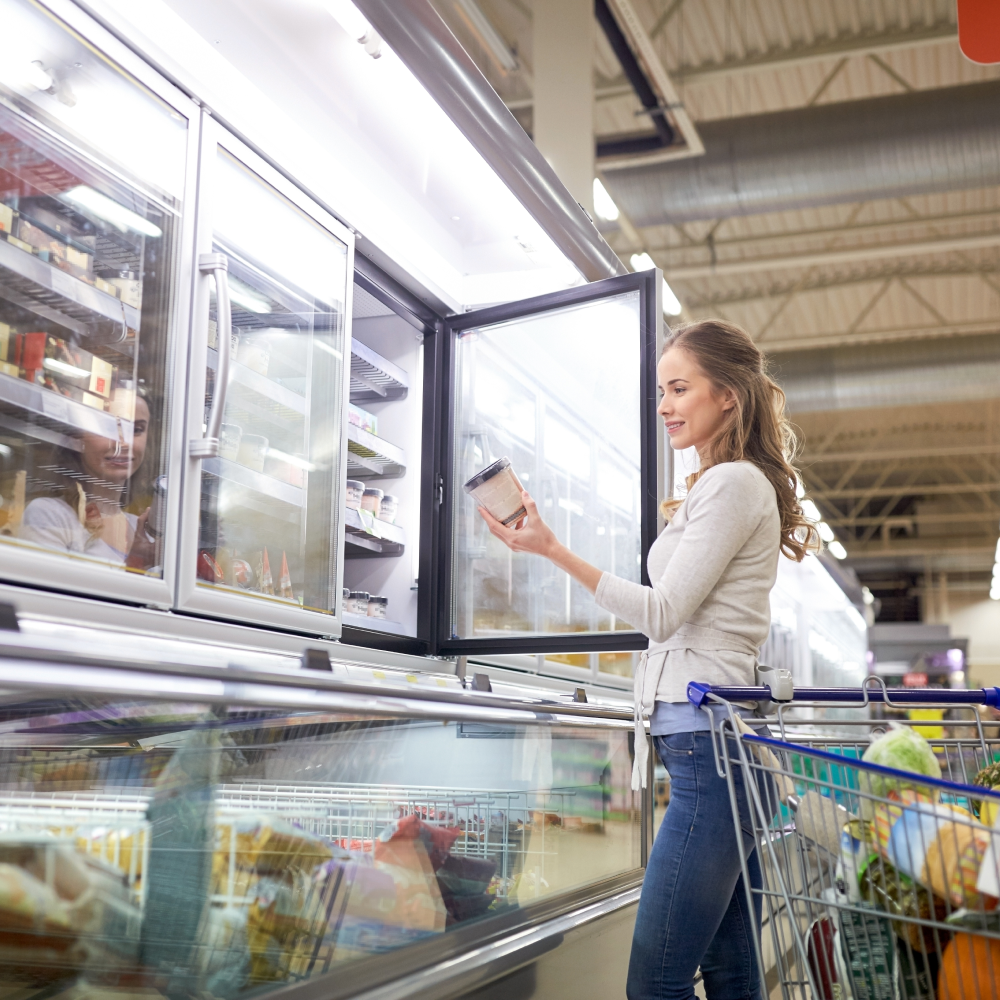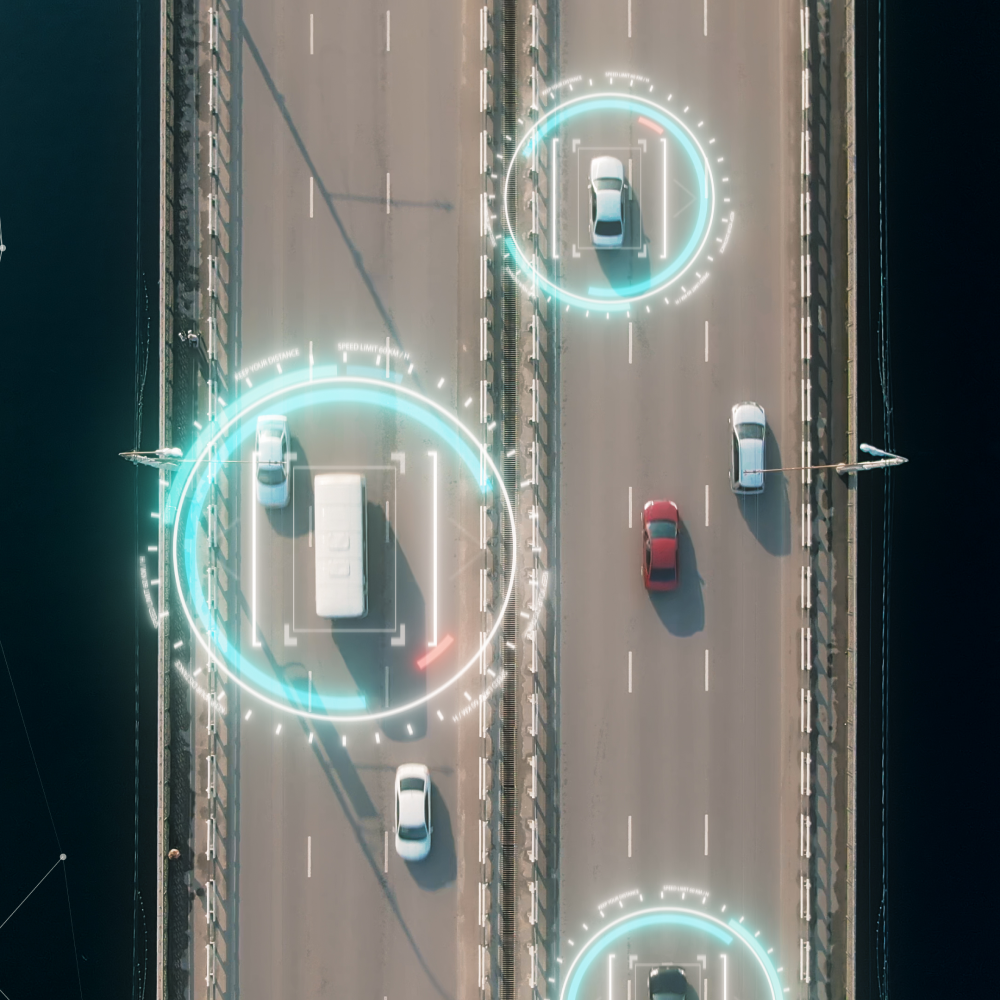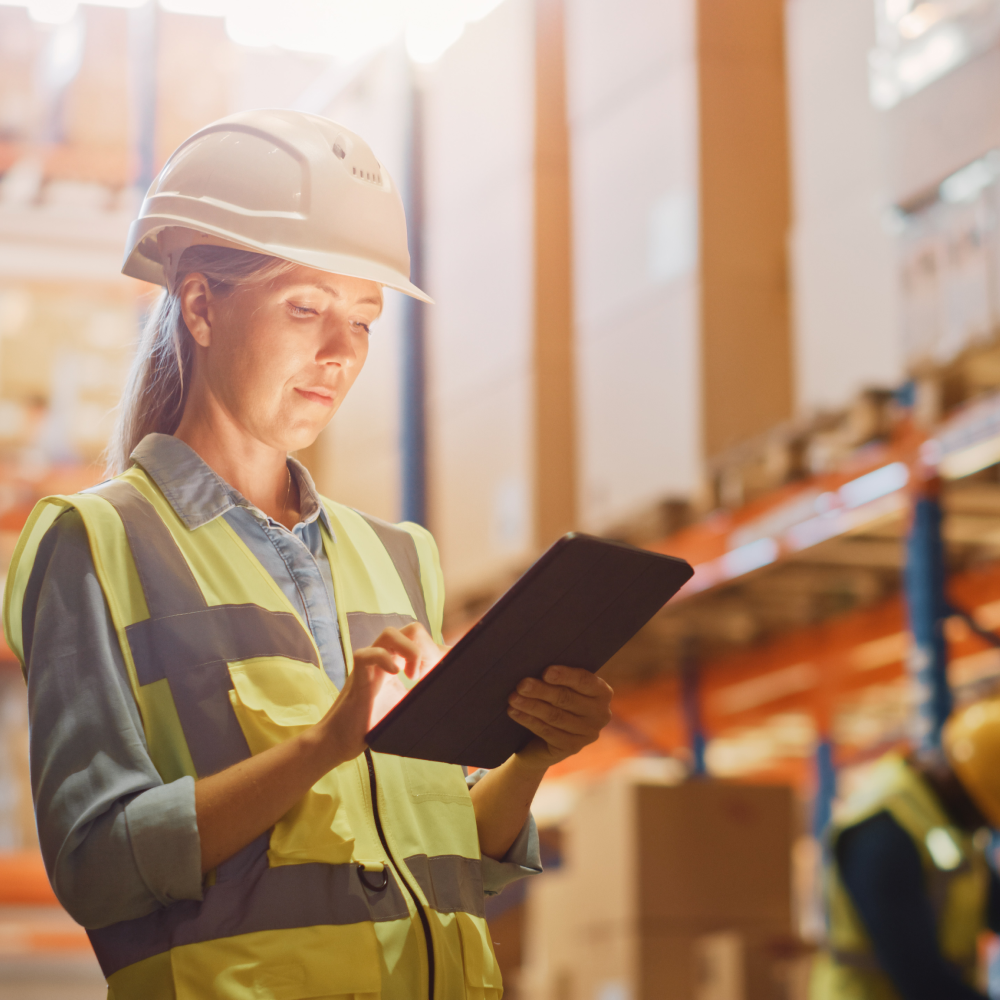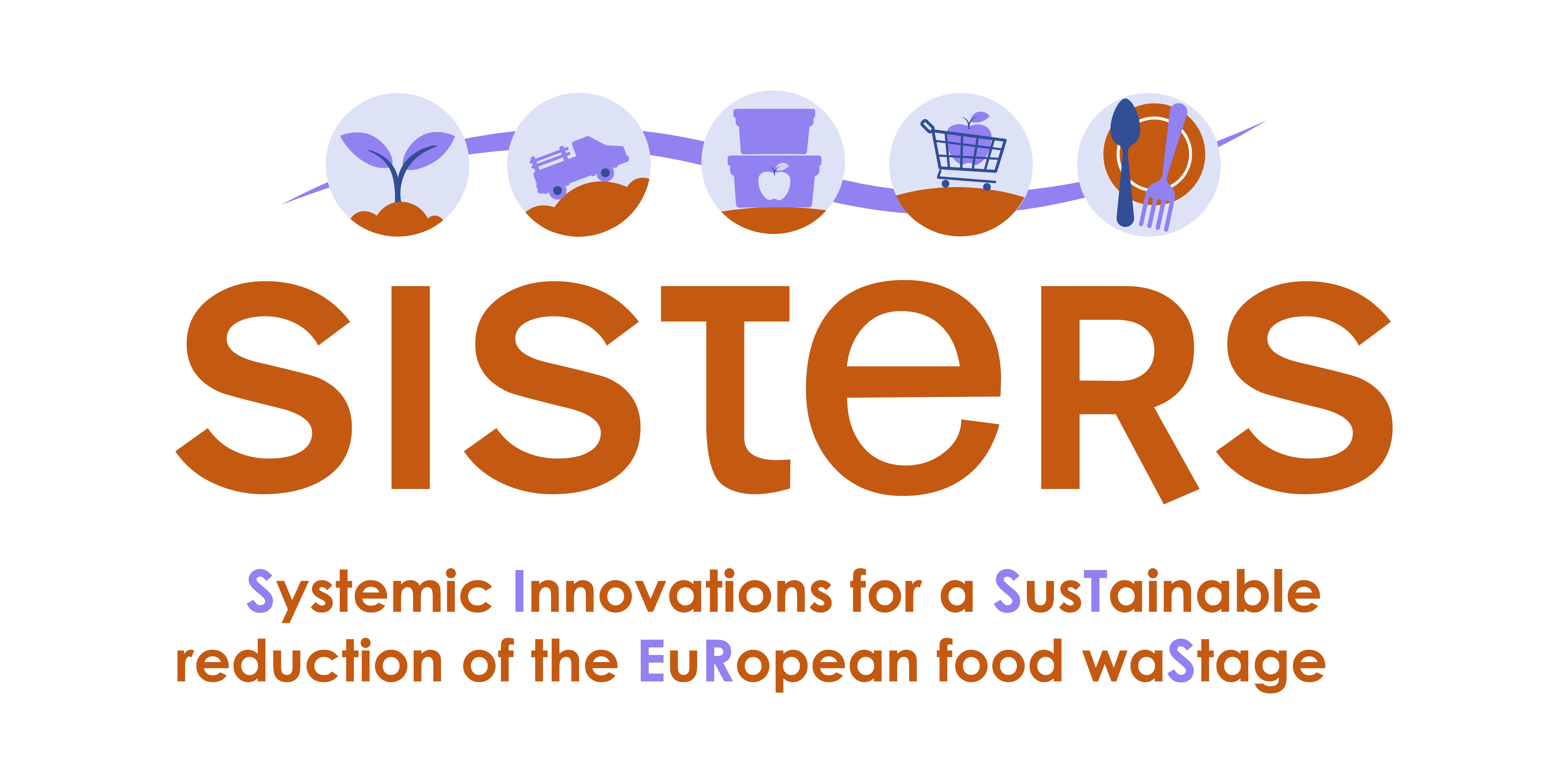
FoodSense: Connecting Sensors and Cloud to Track Food Waste
In the last few years, significant efforts have been made to introduce new solutions in the field of temperature monitoring for transport logistics. The goal is to build upon these solutions and create an integrated sensor-based ecosystem that can be used for tracking, monitoring, alerting and analyzing environmental data across the entire supply chain in real time. With such complex systems in place, it will be possible to detect compromises in food quality caused by various factors, such as temperature excursions or mechanical damage during transportation and storage.
Food waste is a huge problem in the EU. In 2016, the average European wasted 103 kilos of food per person per year. This translates into a total of 89 million tonnes of uneaten edible food, accounting for 20% of the total food produced, with costs estimated at € 143 billion thrown away each year in Europe. This waste consists of products not suitable for human consumption or unintentional spoilage as well as good-quality products that could be consumed but are instead discarded by retailers, restaurants or consumers for reasons such as appearance or size.
In addition to its environmental impact, food waste is also closely linked to food insecurity: one out of eight Europeans faces difficulty providing enough food for themselves and their families due to lack of money or other resources (source).
The EU has set a target to halve food waste by 2030 as part of its Circular Economy Package. The actions proposed include setting up common definitions on what constitutes “food waste” and introducing national plans to combat it.
One solution is a networked system which uses sensors attached to shipping containers at every stage of their journey so that orders can be matched with deliveries from production till they arrive at stores or restaurants. The system can combine cloud-based analytics with real-time wireless communications from each container’s sensors into mobile apps on the employee’s smartphone or tablet device; this allows users to track their products from point A (the farm) through points B-Z (your kitchen table).
The goal of SISTERS project is to build upon these solutions and create an integrated sensor-based ecosystem that can be used for tracking, monitoring, alerting and analyzing environmental data across the entire supply chain in real time.
The project will use sensors, cloud and wireless communication technology to measure food conditions like temperature, humidity or pressure at any location within a facility or distribution center. Data from these sensors will then be collected using a tablet-based mobile application for analysis by managers on the floor as well as engineers at HQ level.
With this data being pushed via Wi-Fi or other means of wireless communication, it can be analyzed in real time using IoT analytics tools by food safety auditors remotely monitoring your operation from their office desktops rather than having them come into your facilities to inspect manually every day or two weeks–which was previously the only way we were able to do so before these technologies were introduced!
We believe that the SISTERS project will help to improve food safety and contribute to sustainable supply chains by developing new tools and technologies to measure food waste. By making use of advanced sensor-based solutions, we hope to have a much clearer picture of what is going on in the supply chain in real time, so that 20% food loss and waste reduction in transportation. We are excited about this project because it will allow us to develop new technology and tools for tracking food waste at all points along its journey from production through consumption.









Leave A Comment